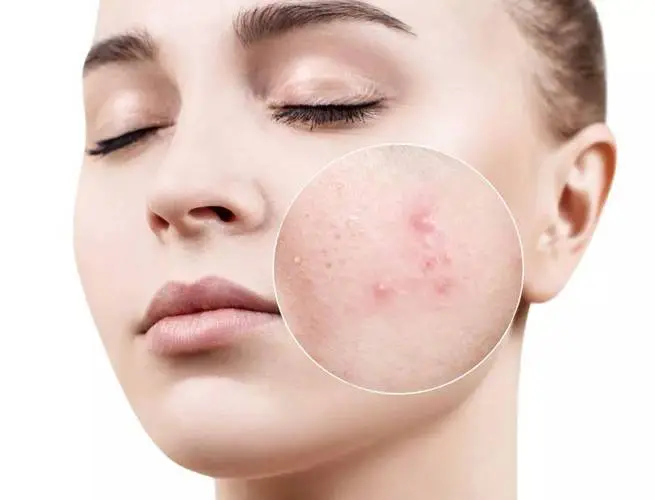Sensitivity is not a disease, but it indicates that the skin is in a state of high reaction and intolerance, which is equivalent to the skin sounding a small alarm. When the skin is in this state, it means that the skin barrier is damaged, so the skin’s response to external stimuli will be enhanced. Therefore, the core of sensitive skin care is to repair the damaged “skin wall”. Of course, soothing is also important while repairing.
Timely extinguishing of the “flames within the city walls” (various inflammatory factors) can effectively relieve various discomfort symptoms such as skin redness, itching, and tingling, and prevent the flames from spreading further.
Among them, Centella asiatica extract, olive leaf extract, kava pepper, curcumin, etc. are all well-known evergreens in the sensitive skin care industry.
Centella Asiatica is a typical “healing” plant. Legend has it that when a tiger in the forest is injured, it rolls in the Centella Asiatica grass, and its wound slowly heals. Therefore, Centella Asiatica is also nicknamed “tiger grass.”
 It has made great achievements in soothing skin micro-inflammation and promoting skin repair and has accumulated a lot of literature data. Moreover, Centella Asiatica ointment is used in cosmetics to promote wound healing and prevent scarring. The most commonly used one is Centella asiatica extract, which not only has excellent fire-fighting effects but also strong repair ability. It is truly an evergreen in the industry for sensitive skin raw materials.
It has made great achievements in soothing skin micro-inflammation and promoting skin repair and has accumulated a lot of literature data. Moreover, Centella Asiatica ointment is used in cosmetics to promote wound healing and prevent scarring. The most commonly used one is Centella asiatica extract, which not only has excellent fire-fighting effects but also strong repair ability. It is truly an evergreen in the industry for sensitive skin raw materials.
Centella asiatica extract contains a variety of bioactive substances and organic components, and triterpenes are the most effective ingredients in Centella asiatica.
For example, the familiar ones include: Centella asiatica, madecassoside, asiatic acid, madecassoside, etc. These active ingredients are currently included in the “List of Used Cosmetic Raw Materials 2021 Edition”. Among them, madecassoside and asiatica glycoside are slightly inclined to repair, have an activating effect on fibroblasts, can promote skin cell renewal, and accelerate wound healing; triterpenes such as asiatic acid have a good inhibitory effect on TNF-α and IL inflammatory factors.
Therefore, when choosing skin care products containing Centella asiatica extract, it is essential to learn to identify the content of its core chemical substances, such as asiatica glycoside, madecassoside, asiatic acid, madecassoic acid, etc.

Leave A Comment